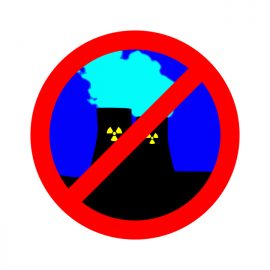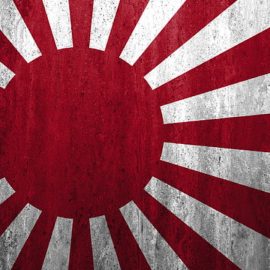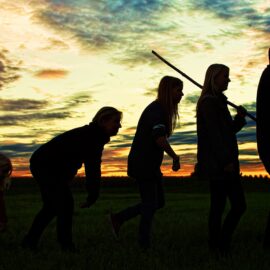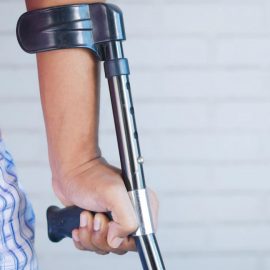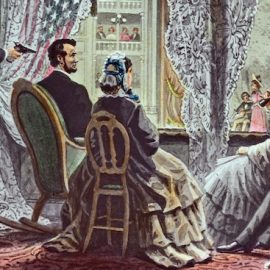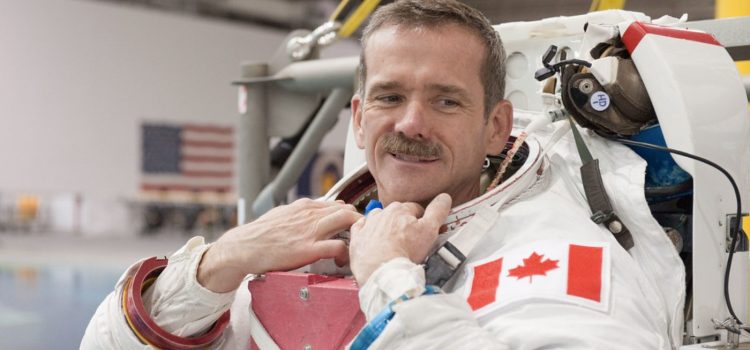
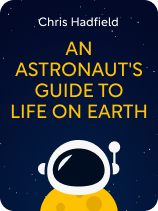
This article is an excerpt from the Shortform book guide to "An Astronaut's Guide to Life on Earth" by Chris Hadfield. Shortform has the world's best summaries and analyses of books you should be reading.
Like this article? Sign up for a free trial here.
What are the most interesting highlights of astronaut Chris Hadfield’s biography? How did Hadfield become an astronaut?
Hadfield’s book An Astronaut’s Guide to Life on Earth details his career from test pilot to astronaut. With patience and perseverance, Hadfield became one of the Canadian Space Agency’s top astronauts when it was first formed.
Let’s take a look at the biography of Chris Hadfield to get a better idea of his astounding career.
Hadfield’s Journey to Becoming an Astronaut
Chris Hadfield’s biography starts at the exact moment he decided he wanted to be an astronaut. It was 1969, he was nine years old. He and his family were crowded around the TV, watching Neil Armstrong take his first steps on the Moon. Hadfield wanted a life like Armstrong’s—a life of exploring space and contributing to scientific knowledge.
(Shortform note: The 1969 Apollo 11 mission and moon landing, led by Armstrong, inspired many children to become space scientists and engineers. According to a recent survey, over a quarter of US adults claim that when they were children, they aspired to become astronauts. However, fewer children today share this aspiration: Another recent survey reveals that more of today’s children in the US and UK aspire to become YouTube stars than astronauts—around 30% dream of careers as Youtubers, compared to the 10-11% who want to be astronauts.)
During his childhood, Hadfield worried that his dream to become an astronaut was unattainable: He lived in Canada, and Canada didn’t have a space agency at the time. The US space agency, NASA, only hired Americans.
(Shortform note: Although Canada lagged behind the US in establishing a federal space agency—which they eventually did in 1989—Canadians still contributed to space activities prior to this. For instance, in 1969, the Canadian government joined NASA’s Space Shuttle program. This led to the development of the Canadarm, a robotic arm used in many space missions, including Hadfield’s first space flight.)
Despite the unfortunate reality that his chances of becoming an astronaut were slim, Hadfield decided he’d still take steps that aligned with his goal to become an astronaut. That way, he’d be ready if an opportunity arose. He worked hard in school, studied airplanes in his free time, and eventually earned a pilot’s license.
(Shortform note: Why did Hadfield focus on learning about and flying airplanes in preparation for becoming an astronaut? He may have chosen this focus because military pilots’ skills in flying airplanes transfer well to flying spacecraft. Additionally, military pilots are experienced in operating in and surviving extreme environments—necessary skills for astronauts.)
From Test Pilot to Astronaut
After graduating from high school in 1977, Hadfield enrolled in military college and majored in mechanical engineering, a common major for aspiring astronauts. After marrying his high school sweetheart, he began training to fly fighter jets with the Canadian Forces. He soon realized that he wanted to be a test pilot—at least until he could become an astronaut. He, his wife, and their three children moved to a US Air Force base where he attended and eventually graduated from test pilot school.
(Shortform note: While Hadfield’s plan to become a military test pilot might not seem immediately relevant to his goal of becoming an astronaut, NASA has historically recruited a large number of test pilots as astronauts. For instance, in 1958, NASA hired seven astronauts—all military test pilots—for Project Mercury, their first human spaceflight program. The NASA hiring team reasoned that military test pilots were accustomed to the intensity of high-speed flight and remaining calm in stressful situations—two skills essential for astronauts. In The Right Stuff, journalist Tom Wolfe says that these astronauts also had “the right stuff”—both the courage to put their lives on the line and the skills to stay alive in dangerous situations.)
When Canada finally started its Canadian Space Agency (CSA), Hadfield set his sights on applying to be an astronaut. He continued working as a test pilot, and he spent his evenings and weekends completing a master’s degree in aviation systems so he’d be more qualified to serve as an astronaut. (Shortform note: A master’s in aviation systems is one of many options for NASA’s requirement that astronaut applicants hold a master’s degree. Other options include a master’s degree in most science, technology, engineering, and mathematics subfields.)Not long after completing his degree, Hadfield applied to the CSA and progressed through countless rounds of intensive interviews and tests. Then, one day in 1992, Hadfield got the call he’d been looking forward to since age nine: He was selected from among over 5,000 applicants to be an astronaut for the CSA.
Hadfield’s Career as an Astronaut
Although Hadfield technically became an astronaut the day he received his acceptance call from the CSA, he claims that he actually became an astronaut after years of rigorous, exciting training—training that taught him how astronauts think and behave.
(Shortform note: While Hadfield emphasizes the training he did after receiving his acceptance call, Canadian astronaut Dave Williams claims in his memoir, Defying Limits, that his astronaut training began before his own acceptance call. This training began when he was a kid: His childhood experiences exploring the woods, cooking over a fire, and tinkering with electronics taught him to work independently, pursue his curiosity, and learn from his failures. These skills prepared him for the joys and challenges of being an astronaut. For instance, Williams claims that his diving certification as a teen prepared him to later start an underwater training program at NASA that trained astronauts for microgravity or weightlessness.)
Although most people assume that astronauts spend the majority of their time in space, Hadfield explains that in reality, astronauts spend most of their time on Earth, training to be in space. They study various subjects, run simulations to prepare for space travel, and support the missions of astronauts in space. Hadfield says that he loved this on-Earth training: He enjoyed learning new topics and contributing to every mission, not just his own space flights.
(Shortform note: There’s another reason why astronauts spend most of their job hours on Earth: Time in space takes a negative toll on their bodies. Therefore, they must limit their time in space. Beyond the protection of Earth’s atmosphere, they’re exposed to intense radiation from the sun, increasing their risk of cancer. Furthermore, when they’re in space, astronauts’ bodies grow accustomed to microgravity. They become used to moving around with no little resistance on their bones and muscles, and the fluids in their body (such as their blood and mucus) take time to calibrate. When they return to Earth, their bodies take a while to redistribute fluids and regain bone and muscle strength.)
Hadfield recalls three important missions that taught him valuable life lessons. All three flights involved working on space stations that orbit the earth, specifically Mir (The Russian Space Station) and the International Space Station (ISS). For Hadfield’s first two missions, the CSA—which worked with NASA—assigned him to fly on two NASA-operated Space Shuttle flights to Mir and the ISS, respectively. For his last mission, he served as commander of the ISS.

———End of Preview———
Like what you just read? Read the rest of the world's best book summary and analysis of Chris Hadfield's "An Astronaut's Guide to Life on Earth" at Shortform.
Here's what you'll find in our full An Astronaut's Guide to Life on Earth summary:
- Chris Hadfield's experience of becoming an astronaut
- The five life lessons Hadfield learned in his role as an astronaut
- Why you should find joy in everyday life rather than looking forward to milestones

